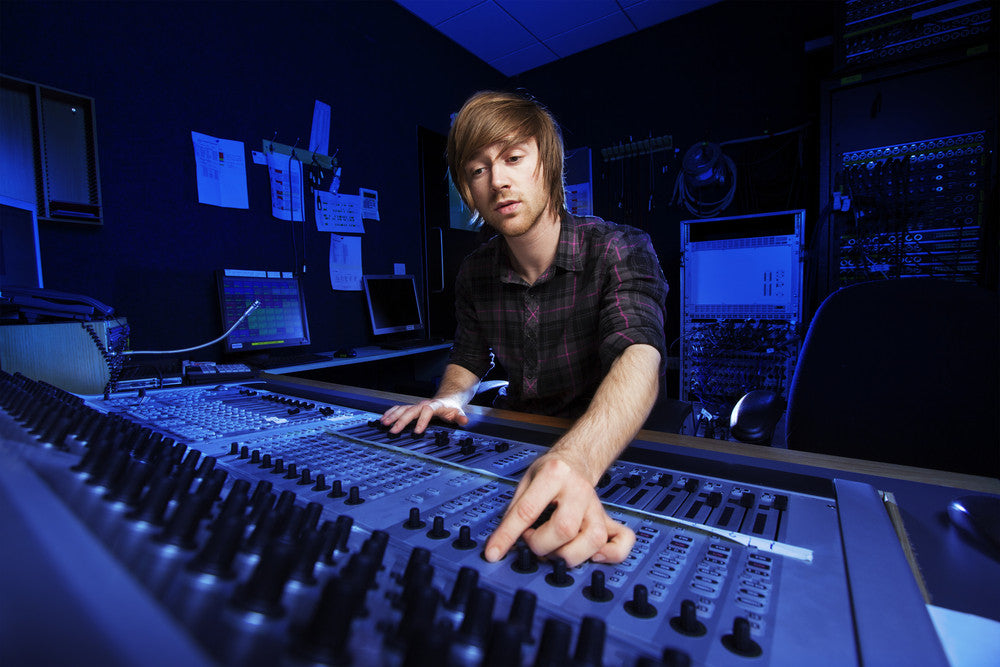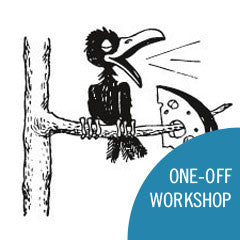
Use of music and sound in drama
£14.95
From the very beginnings of drama, there has always been a close, even symbiotic, relationship between drama and music. Music was an essential component of ancient Greek theatre: the word melodrama literally means melody drama. Film and television drama would be not be the same without a music soundtrack, yet the use of music and sound is often neglected in drama lessons.
This neglect was probably understandable when the only source of recorded music was the record player and the LP, which was the situation when I started teaching. The audio cassette made things easier while the audio CD and the computer make the use of sound in drama lessons very simple and easy. Music and sound can be used to create atmosphere, generate movement and narrative, and it can be used to stylise and bring to life an otherwise dull scene. On a very simple level, music can also be used as a medium of class control; when the music is playing the class is working, often in silence, when the music stops the class will be listening you.
Nowadays, thanks to the CD, the internet and the computer, almost any music that you might want is easily and conveniently available. Sets of sound-effect CDs and the internet provide you with a multiplicity of easily accessible material. All you need is a sound source like a CD player to play music and sound and an amplifier to amplify the output (if you use a portable CD player you don’t even need an amp). These days I tend to use my laptop or mp3 player as the sound source. When using music in lessons it’s probably best to avoid current pop music because it has too many immediate connections and associations, and may well generate arguments among your students about whether they like it or not. Generally, I use music without lyrics because lyrics can sometimes dictate what happens.
Lessons outline:
The sections outlined in this article are not a single scheme of work but
rather a number of separate lessons and exercises which can be used
with KS3, KS4 and KS5. The common denominator is that they all involve
the use of music and sound.
- Lesson 1: using music as a warm-up
- Lesson 2: using music to generate movement
- Lesson 3: using music and sound to stylise action and create physical theatre
- Lesson 4: using music and sound to create situation, narrative and plot
- Lesson 5: using music to stylise catastrophic events.




